MICAT vs CAT 2025 will help you to choose which entrance exam for management is the best to pursue higher education with one of the best business schools in India. You must know the differences, the similarities, exam pattern, level of difficulty and more.
Table of Contents
MICAT vs CAT, both of them are top MBA entrance examinations conducted to give admission into difference MBA courses. However, Mudra Institute of Communications, Ahmedabad, accepts MICAT scores. At the same time, IIMs and various other business schools in India admit you based on your CAT scores. You can find the detailed differences and similarities between the two exams in the sections below.
CAT is conducted yearly by IIMs, and more than 3 lakh students apply for this exam every year. Several B-schools around India accept CAT scores and percentiles for MBA admissions. On the other hand, The Mudra Institute of Communications Ahmedabad organises MICAT. Around 4,000-5,000 students appear for MICAT each year.
MICAT vs CAT Exam Pattern
The table below shows a detailed comparison of the MICAT Exam Pattern vs CAT exam pattern. The comparison is made on the basis of the number of sections, questions, and more.
| Particulars | MICAT Exam Pattern | CAT Exam Pattern |
| No. of Sections | Section A- Psychometric Test. | VARC (Verbal Ability & Reading Comprehension) |
| Section B- Descriptive Test. | DILR (Data Interpretation & Logical Reasoning) | |
Section C- (includes four sub-sections):
|
QA (Quantitative Ability) | |
| Sectional Time Limit | Psychometric Test: 30 minutes | VARC - 40 minutes |
| Descriptive Test: 25 minutes | DILR - 40 minutes | |
| Divergent and Convergent Thinking, Verbal Ability, Quantitative Ability, and Data Interpretation and General awareness- 80 minutes | QA - 40 minutes | |
| No. of questions | 234 | 66 |
| Section-Wise Break-Up | Psychometric Test: 150 Qs | VARC- 24 |
| Descriptive Test: 4 Qs | ||
| Verbal Ability: 20 Qs | QA- 22 | |
| Quantitative Ability: 20 Qs | ||
| General Awareness: 20 Qs | DILR- 20 | |
| Divergent & Convergent Thinking: 20 Qs | ||
| Duration of Exam | 2 hours 15 minutes | 2 hours |
| Type of Questions | MCQs & Descriptive | MCQs and Non-MCQs (TITA) |
| Negative Marking | -0.25 for every incorrect attempt in VA, QA, GA, & DCT sections | -1 for every incorrect MCQ-type question0 for TITA questions |
| Overall Level of Difficulty | Easy-Moderate | Moderate-Difficult |
MICAT vs CAT Eligibility Criteria
The difference between the eligibility criteria of MICAT vs CAT are as follows.
| MICAT Exam Eligibility | CAT Exam Eligibility |
|
|
MICAT vs CAT Which is Difficult?
In terms of the difficulty level, the CAT exam is tougher when compared to the MICAT. It implies that those who study well for CAT will easily be able to ace the MICAT exam. However, those who are specifically focusing on MICAT might not be well-prepared for the CAT.
MICAT basically tests how quickly and accurately you can solve problems. At the same time, CAT places more emphasis on your problem-solving technique. Therefore, one needs to prepare accordingly for both these exams.
Types of Questions Asked in CAT vs MICAT
The MICAT exam involves both MCQs and descriptive-type questions. In contrast, the CAT question paper consists of MCQ and Non-MCQs (TITA) questions. TITA means the test-takers need to type in the answers. However, the majority of the questions in CAT are based on MCQs.
MICAT vs CAT Marking Scheme
The table below shows a comparison of the MICAT vs CAT marking scheme. Both exams include the aspect of negative marking.
| Particulars | MICAT | CAT |
| Marking Scheme | +1 for every correct response | +3 for each correct attempt |
| Negative Marking | -1 for each incorrect attempt | No negative marking in sections A and B. -0.25 or every wrong attempt in the VA, GA, QA, and DCT sections |
Conclusion
Thus, after going through the details mentioned above, you can find the differences and similarities between CAT and MICAT exams. You must apply for the exams only after checking the eligibility, paper pattern and syllabus.








![Indian Institute of Science, [IIS] Bangalore](https://media.getmyuni.com/azure/college-image/small/indian-institute-of-science-iis-bangalore.jpg)

![Indian Institute of Technology, [IIT] Kanpur](https://media.getmyuni.com/azure/college-image/small/indian-institute-of-technology-iit-kanpur.jpg)
![Indian Institute of Technology, [IIT] Kharagpur](https://media.getmyuni.com/azure/college-image/small/indian-institute-of-technology-iit-kharagpur.jpg)






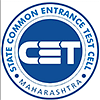
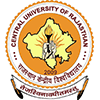















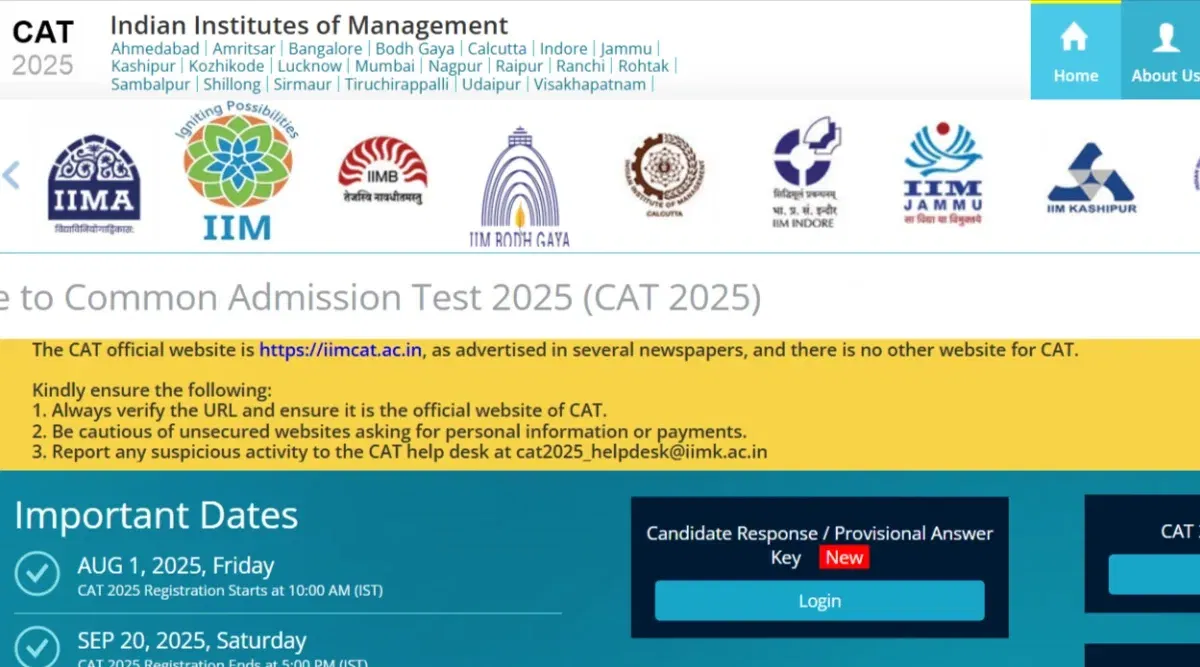
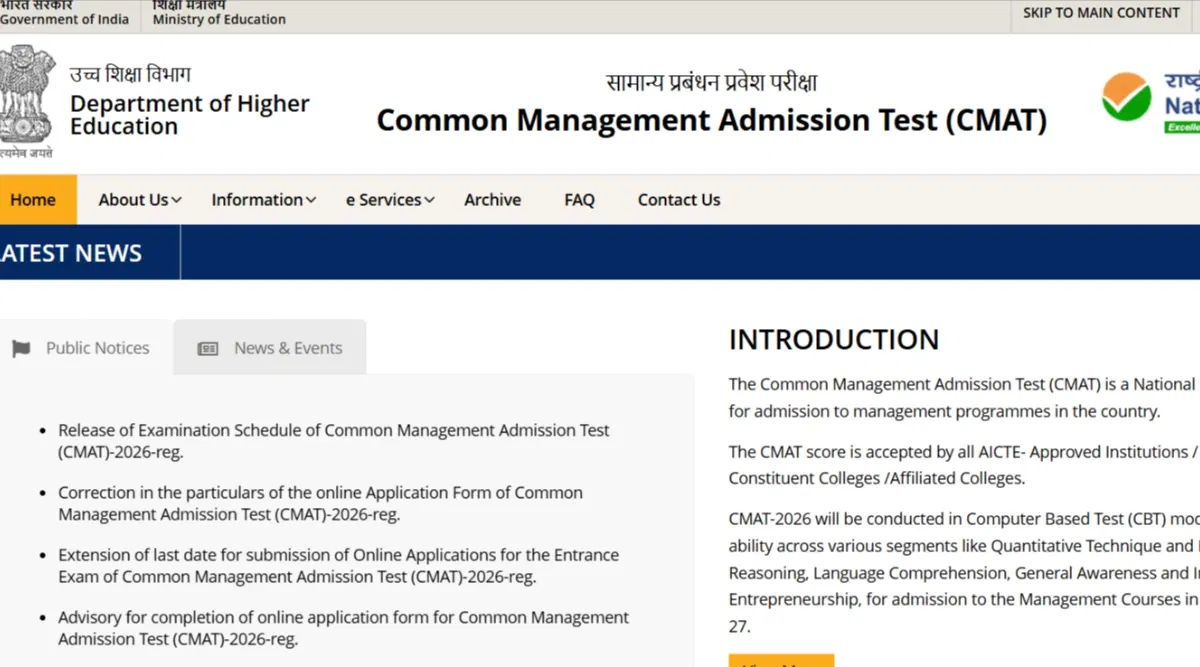

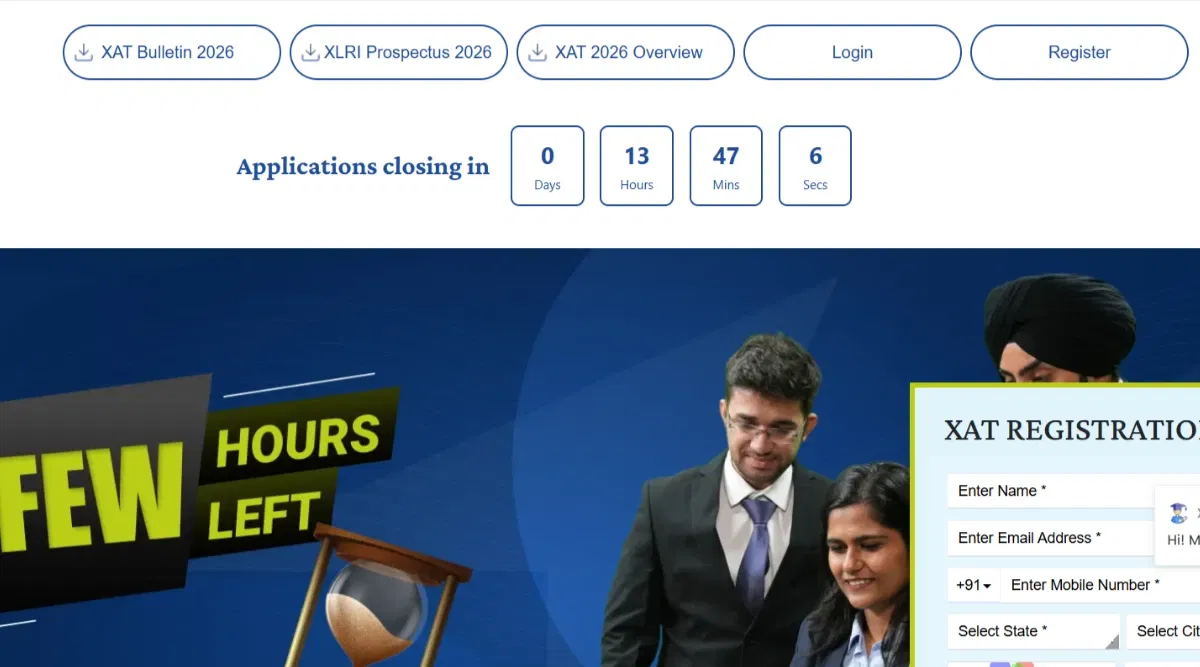


POST YOUR COMMENT